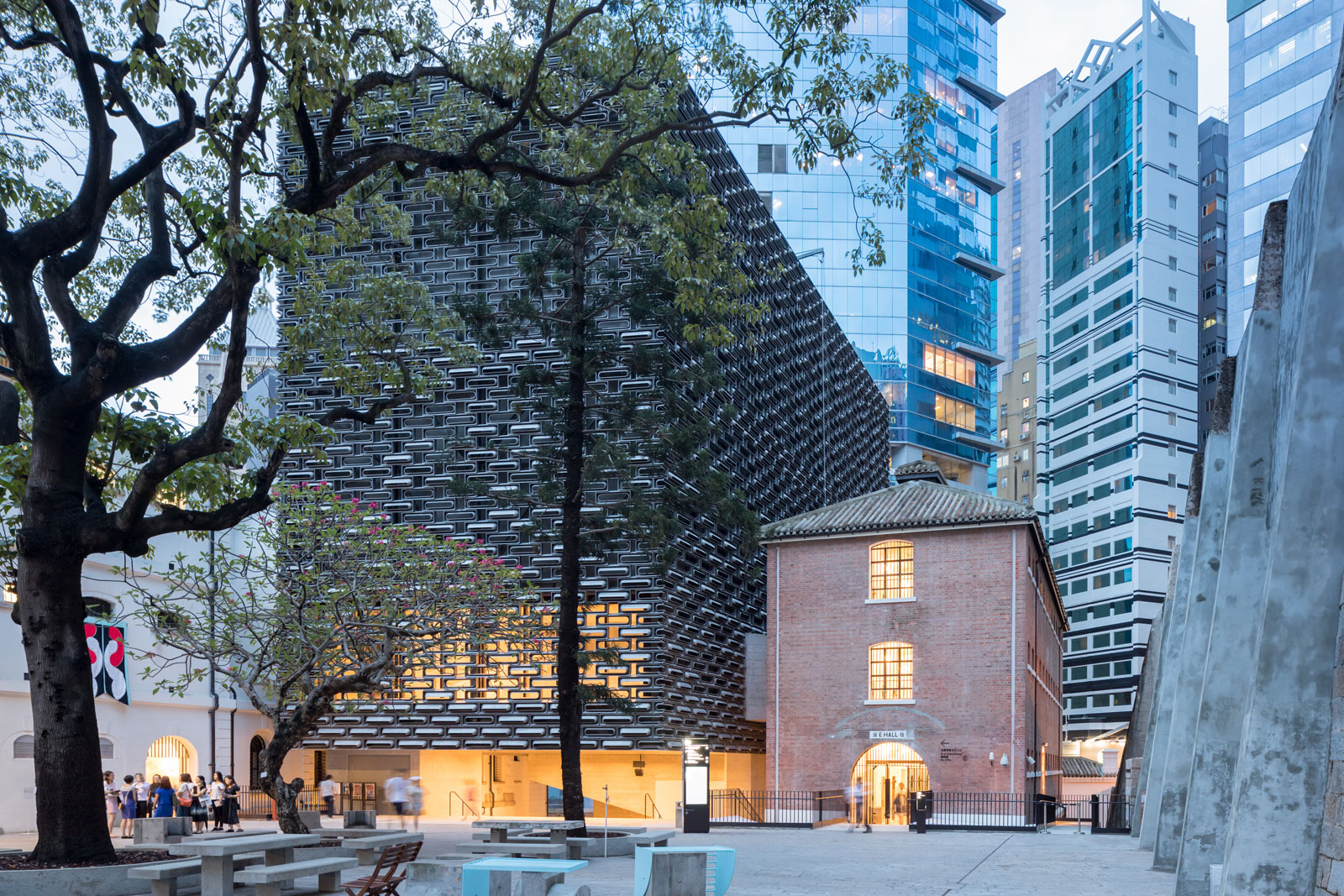
TAI KWUN CENTRE FOR HERITAGE & ARTS HONG KONG | HERZOG & DE MEURON
Description provided Herzog & de Meuron. The former Central Police Station, the Central Magistracy and the Victoria Prison is a walled compound of heritage buildings at the commercial centre of Hong Kong Island. Established by the British after 1841 as the colony’s main police station, magistracy, and prison, the site is one of Hong Kong’s most important remaining historic monuments.
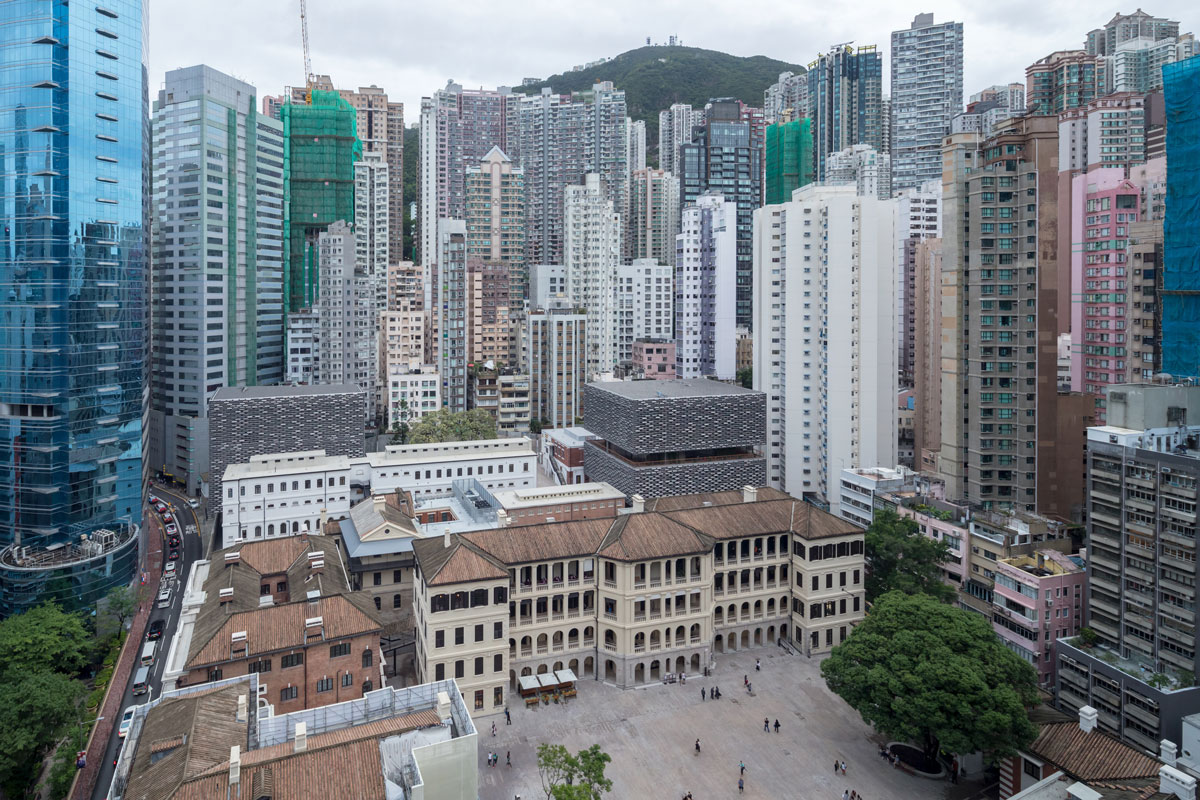
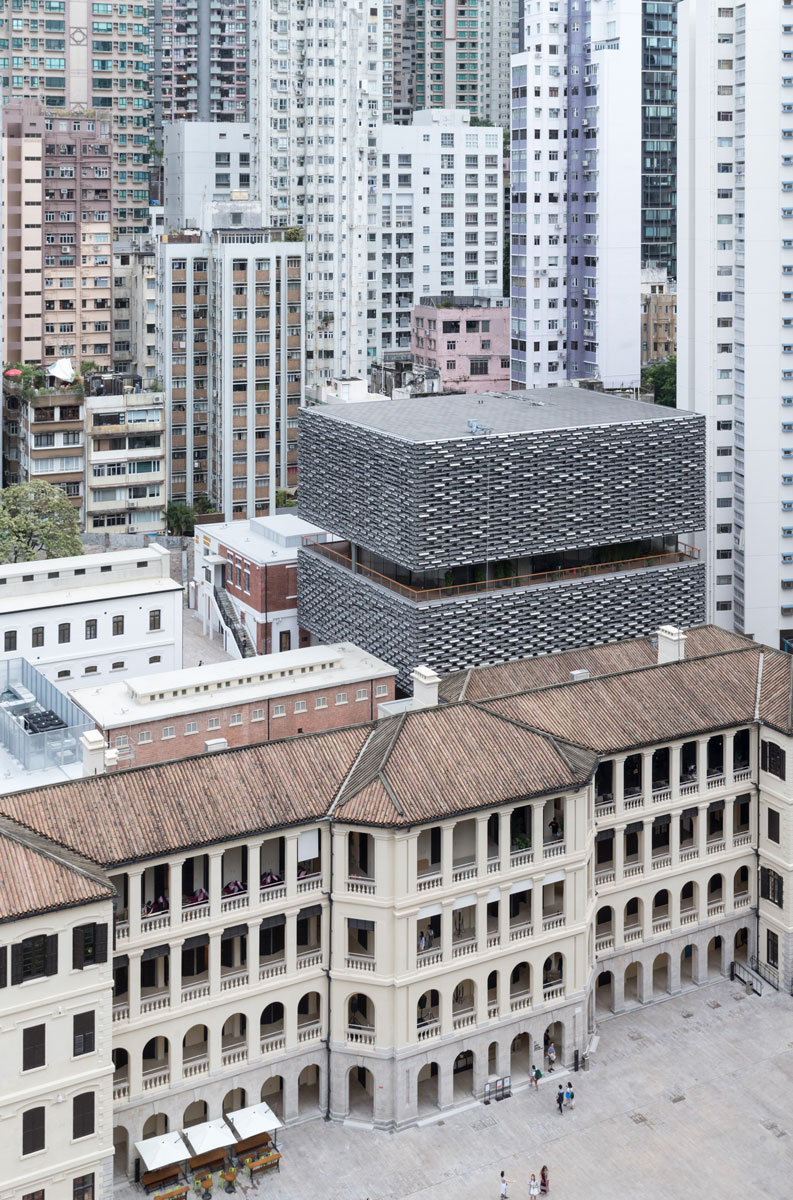
Following its decommission in 2006, the entire compound was vacated, leaving a set of open grounds and a collection of unique buildings. From an urban perspective, the compound is a rare “courtyard” in the middle of one of the densest cities in the world. What once stood on the hillside as a prominent symbol of law and order with commanding views to the harbour has now inversely become an urban oasis of openness and calm within a forest of commercial and residential high-rises. The compound is defined and structured by two large courtyards: the Parade Ground and the Prison Yard. Our goal is to preserve the openness and distinct character of both and to re-activate them for public use as a new type of urban found space. These spaces will define the site physically and programmatically as places of gathering, cultural exchange, leisure, and respite.
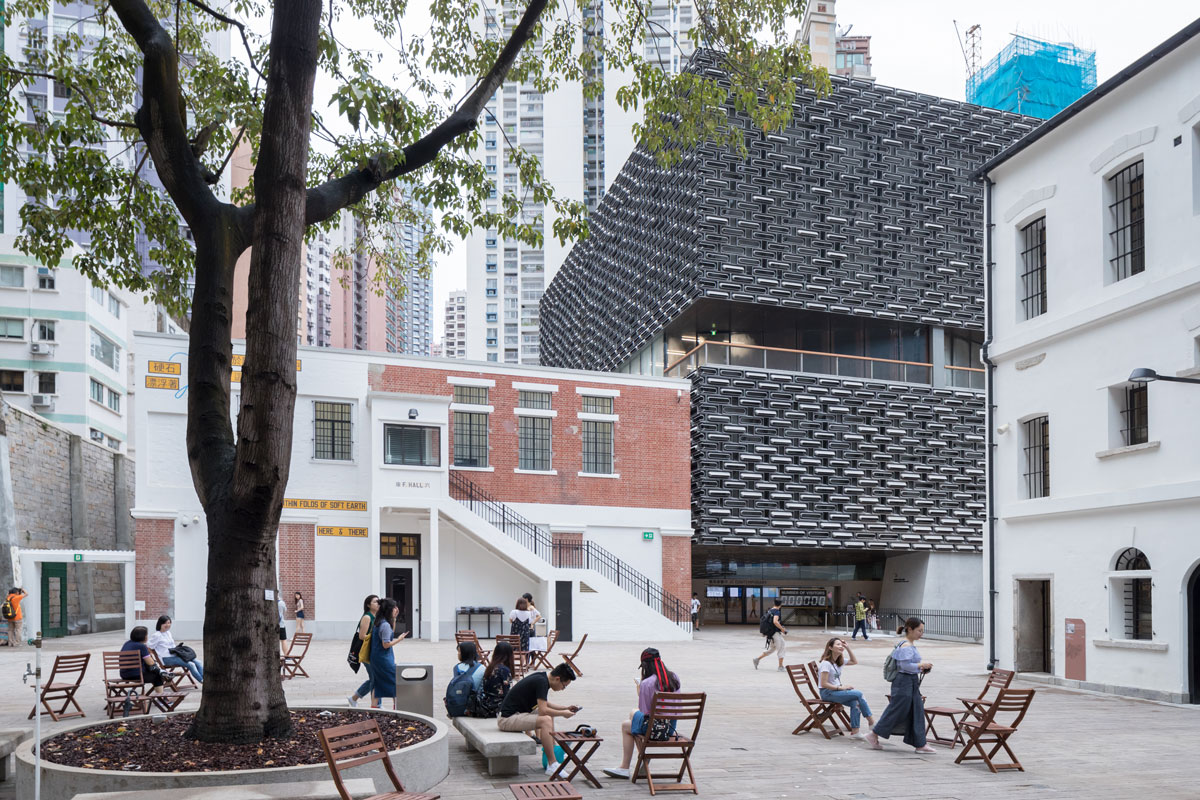
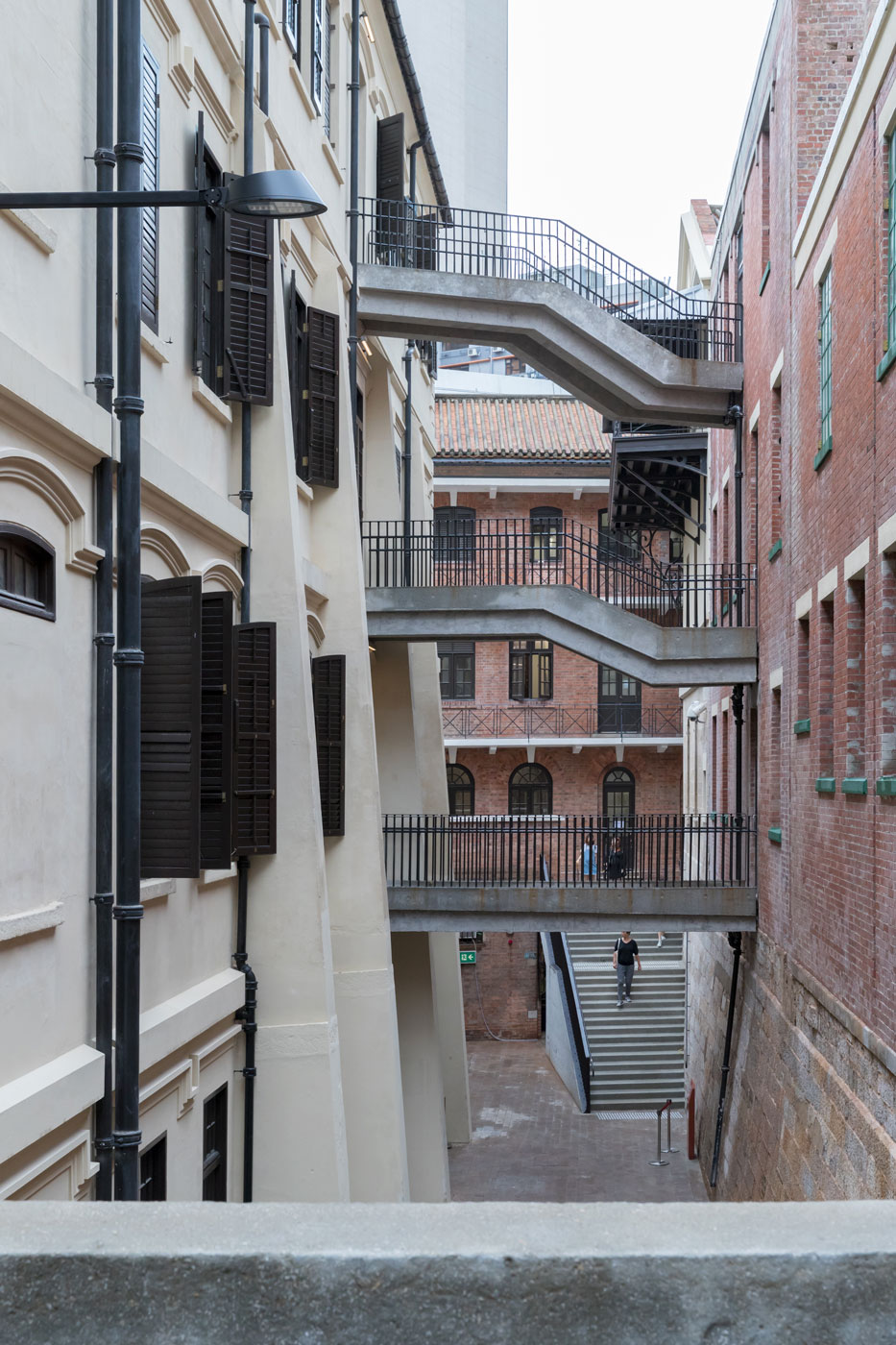
The Parade Ground is surrounded on each side by several of the site’s most historic buildings, resulting in a formal open space with generous room for public recreation, events, direct access to restaurant and retail attractions, as well as smaller-scale cultural and educational spaces. The Prison Yard will be subtly transformed from a rough and forbidding area to a new open public space dedicated to cultural programming. Adding a new arts and cultural program is one of the key strategies to opening up and activating the former Prison Yard. Two new volumes that float tightly above the surrounding granite walls are conceived as distinctive but carefully inserted elements within the fabric of existing buildings. By cantilevering above the walls and keeping a minimum distance to the adjacent structures, the buildable floor area is maximized while staying within the zoning envelope and at the same time creating protective offsets from the surrounding historical buildings. As an architectural expression, it also clearly distinguishes the new buildings from the site’s historic buildings. Gathered mainly at the Lower Courtyard, the former police buildings sit proudly on either street level or on top of the granite walls, making their authority and presence in the city known. The prison buildings, on the other hand, are located behind the walls, and have historically been separated from public access and view for obvious reasons of safety and security. The new building volumes copy neither of the historical conditions but instead create a new relationship to the site context by hovering just above the wall. By raising the volumes, new public and circulation spaces are created below, resulting in generous protected places for gathering and activity, and establishing a new East-West pedestrian connection from Arbuthnot Road to Old Bailey Street. At the same time, the buildings become new markers at the two ends of the compound, bringing attention to a formerly closed-off part of the city.
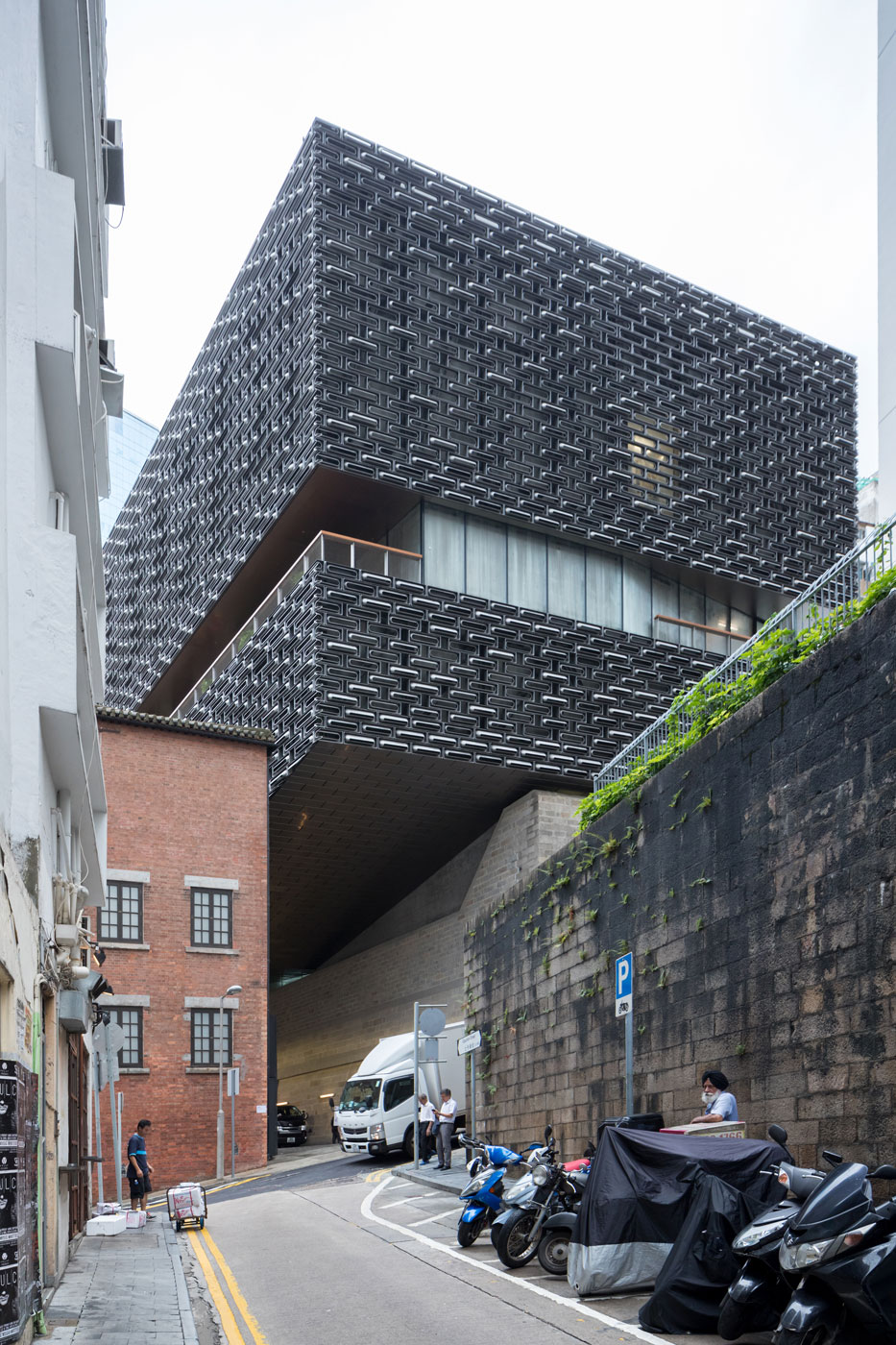
The design of Old Bailey Wing, located at the southwest portion of the site, is developed in close relation to the adaptive reuse of the F Hall. New connections will be created between the two buildings. Together, they will house contemporary art functions. The courtyard entrance of the Old Bailey Wing is defined by the building’s volume hovering above the historic revetment wall. This entrance area is protected from rain and sun, and acts as the circulation hub and foyer to both the F Hall and Old Bailey Wing. The F Hall will be a versatile gallery space for art exhibition or other special events. Much of the original architecture with its traces from the buildings’ past use are kept and preserved. In contrast, the adjacent Old Bailey Wing will feature large column-free exhibition spaces with maximum flexibility. Skylights in the roof will provide natural daylight into the top gallery space. The second floor is dedicated to a restaurant with an outdoor terrace overlooking the rich and textured roofscape of the entire compound embedded in the cityscape.
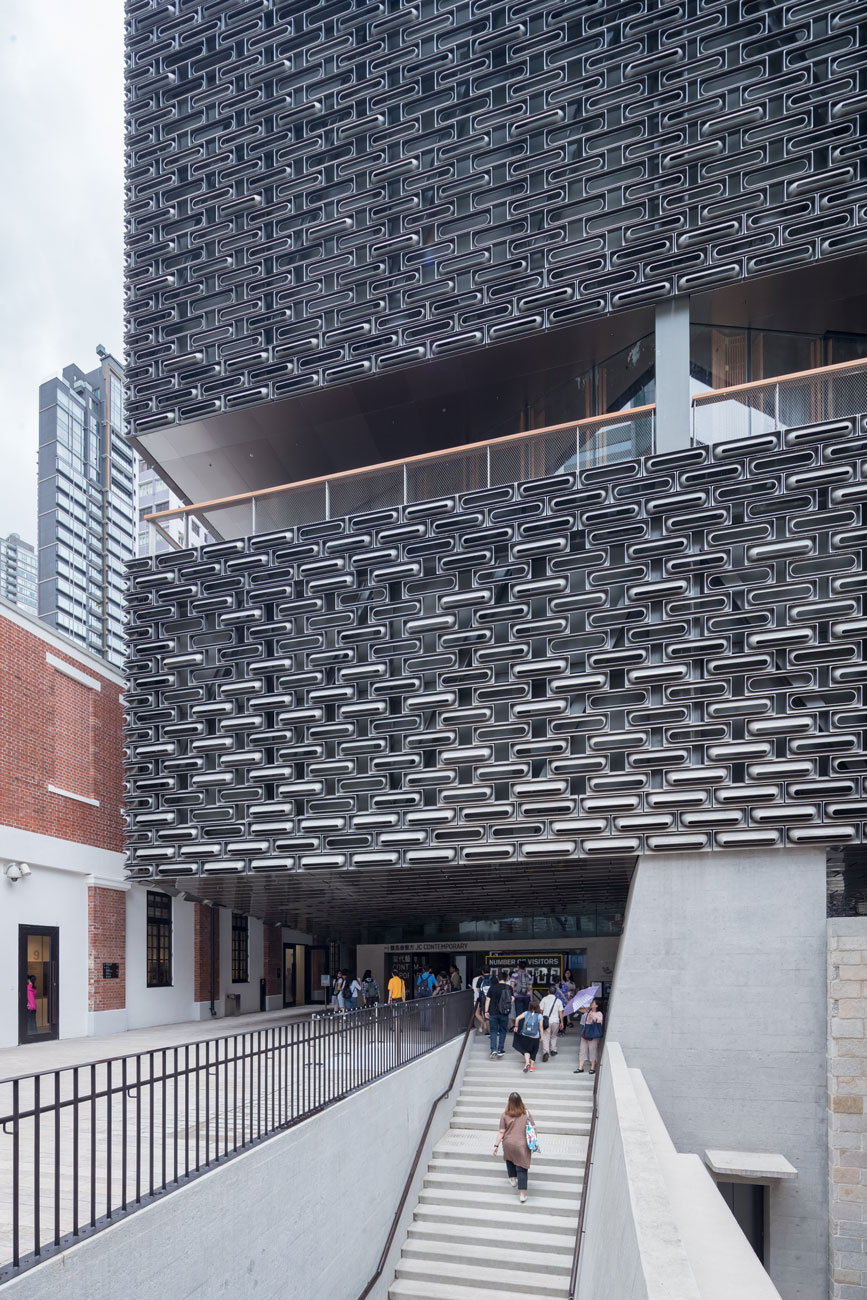
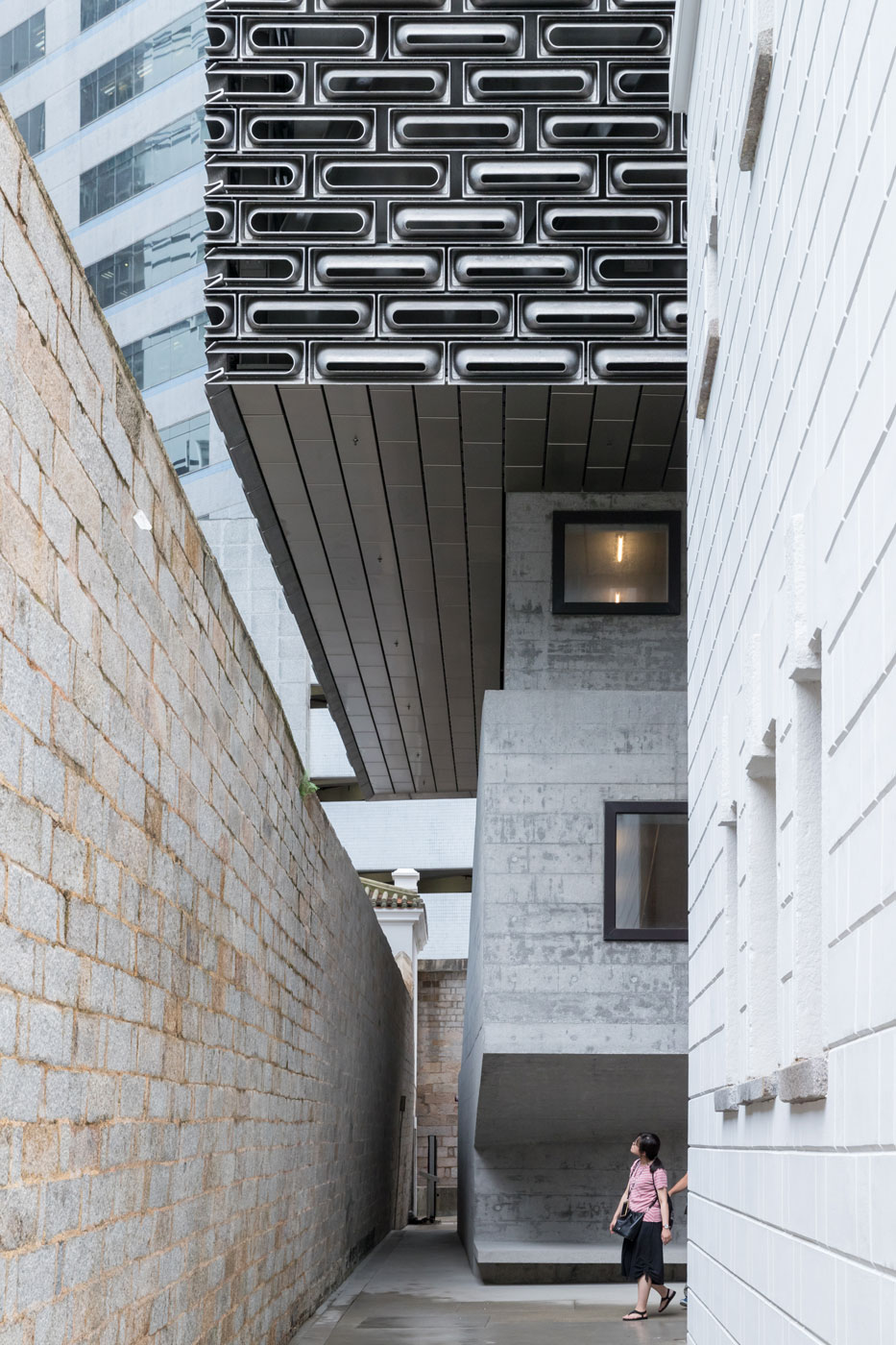
Sitting as a new marker on the southeast corner of the CPS site is the new Arbuthnot Wing. The volume similarly hovers above the revetment wall along Arbuthnot Road, creating a covered public outdoor gathering, cinema and performance space with a large stair whose steps may be used for informal seating. On either side of the Arbuthnot Wing are old prison buildings, D Hall and E Hall, forming interior elevations for this unique outdoor venue. The height restriction is also fully taken advantage of, resulting in two more generous program spaces above: an 8m height multipurpose space with an accessible technical grid ceiling, and a mechanical plant room that houses cooling towers and equipment serving the entire site.
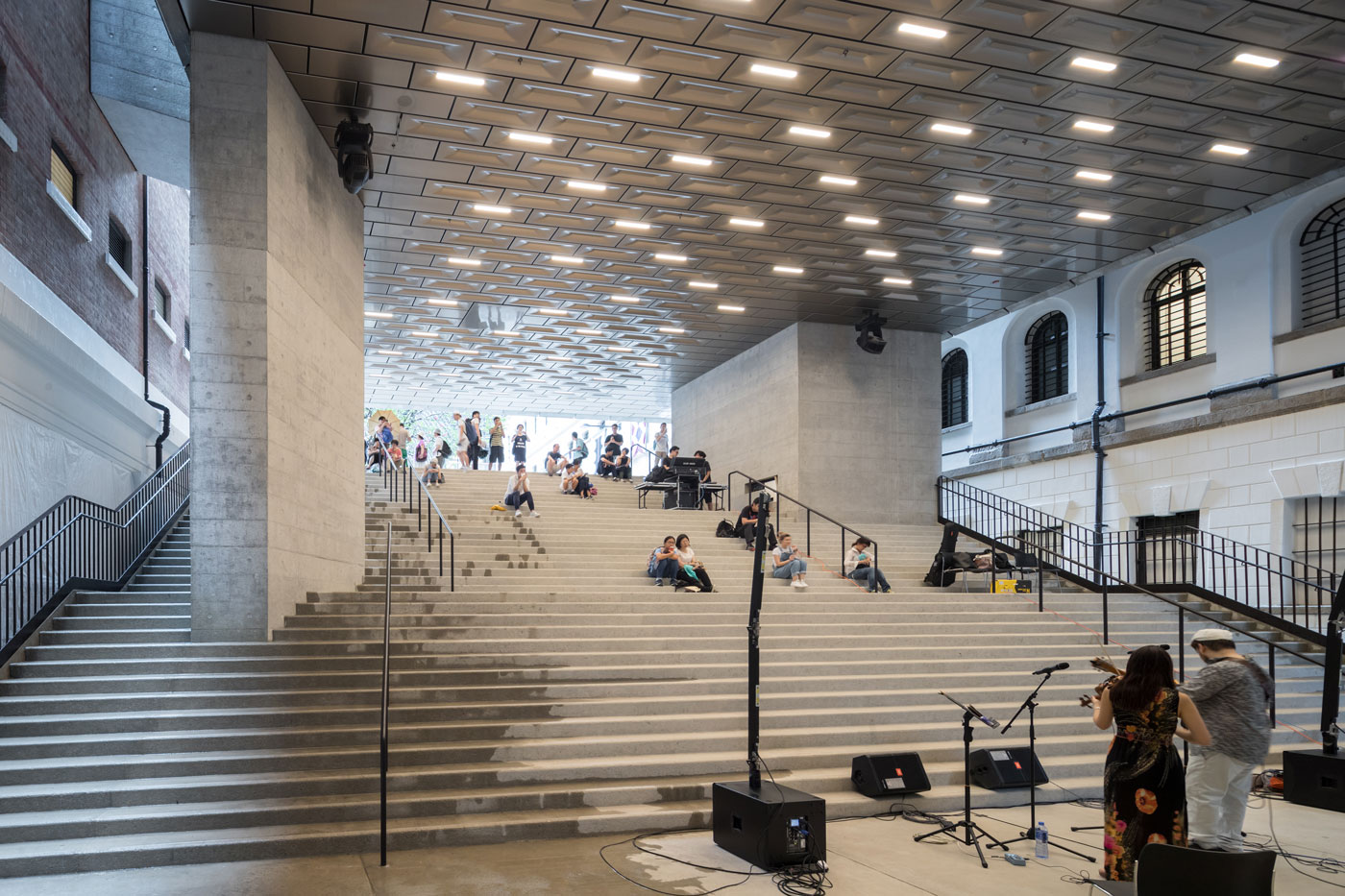
Both new buildings are clad with a cast aluminium façade unit system that is referencing, in terms of scale and proportion, the existing granite block elements of the characteristic bordering revetment wall surrounding the entire site, thus establishing a certain contextual relationship. The use of 100% recycled aluminium as a material provides a distinctive architectural expression and materiality, setting the new buildings apart as new insertions amongst the collection of historical masonry blocks, and at the same time addresses issues such as structural support, sun shading, and rain protection in Hong Kong’s subtropical climate. The specific porosity, patterning,and expression of the façade unit is informed by the functional and environmental requirements of the uses within. The materiality of the cast aluminium units will have a distinctive roughness and texture breaking down the façade surface, which helps to reduce the reflectivity and glare during the daytime. At night, light emitted from the building will be partially screened by the façade units, expressing the life of activities within but without creating light pollution.
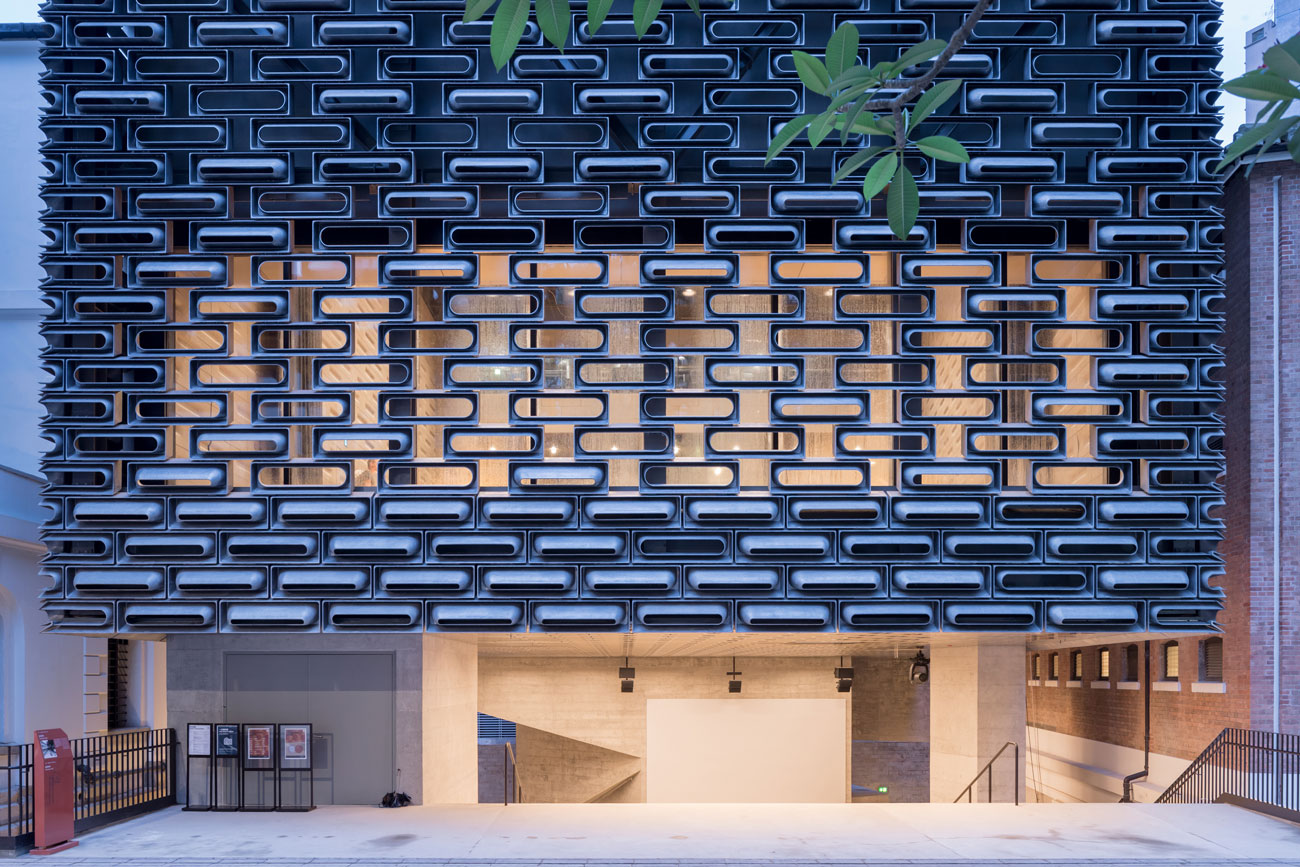
“What we have done in Hong Kong is to transform a former Police Station into a Cultural Centre. In Hong Kong and also in Mainland China this is still a totally new approach to architecture – an unusual thing to do because normally old buildings and entire neighbourhoods are being removed and being replaced by new ones. The principle is TABULA RASA. For us architects, also in the West, it was quite similar until not so long ago. Modernism was making pre-existing things look old, shabby and uncool. In daily life we all still carelessly throw away things we use every day instead of recycling and reintegrating them in a somewhat appropriate or even creative way. In the 1970s, when we started our practice, we first had to find and define our own architectural language. Re-Inventing and Re-Using pre-existing ideas and objects – not necessarily of a heroic period of the past, but simply of what we found in front of us – has become an essential element within our vocabulary since those early days and projects…think of early projects such as the ‘Marktplatz Basel’, ‘Stone House Tavole’, later of course ‘Tate Modern’ or now ‘Tai Kwun’. We adopted this strategy of working WITH instead of AGAINST the existing material world of objects because we found it natural and inspiring, often resulting in unexpected and innovative results. There is no fundamental difference for such an approach, whether you do it in Basel or in London, in Liguria or in Hong Kong.”
Jacques Herzog, July 2018
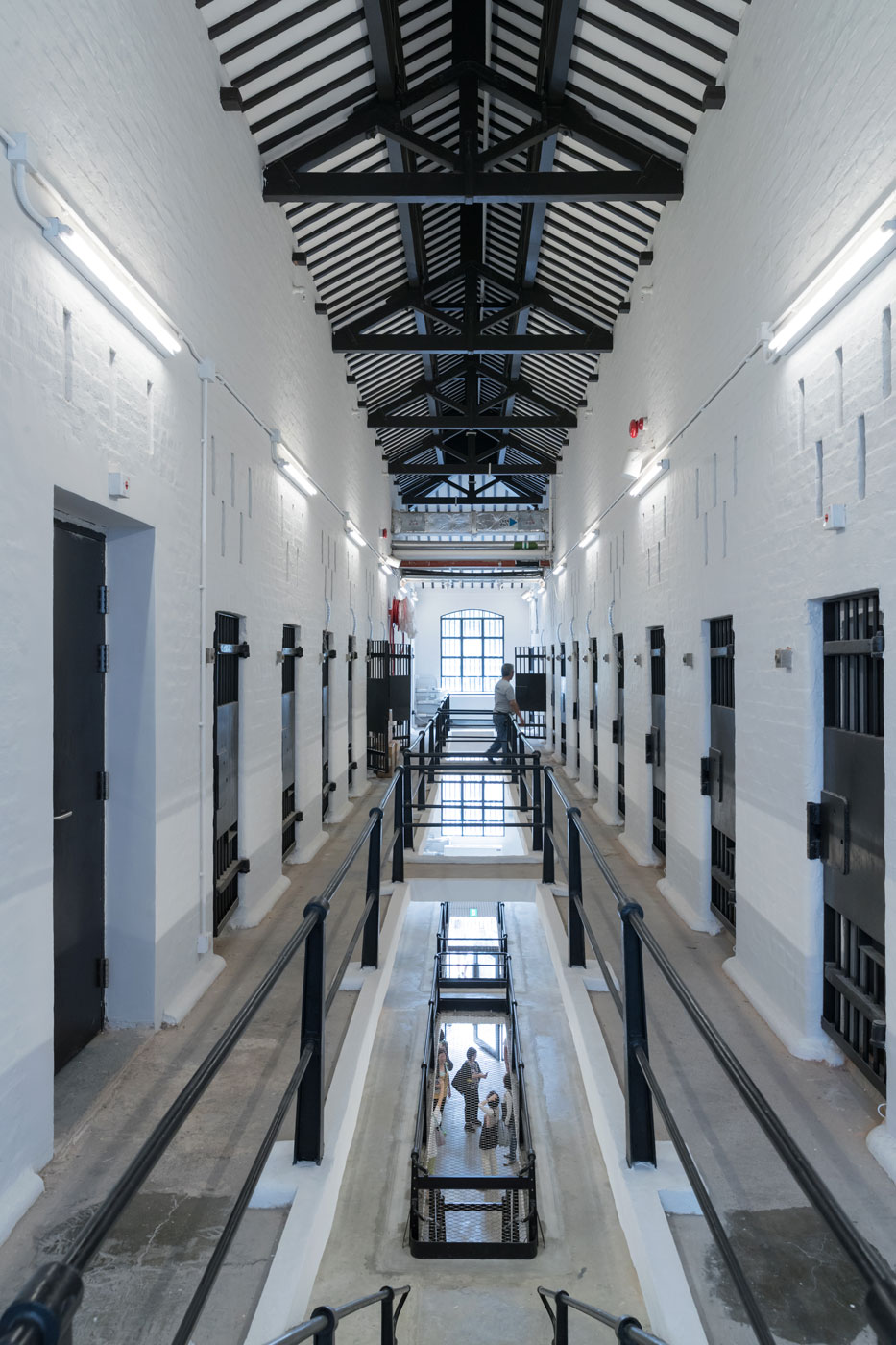
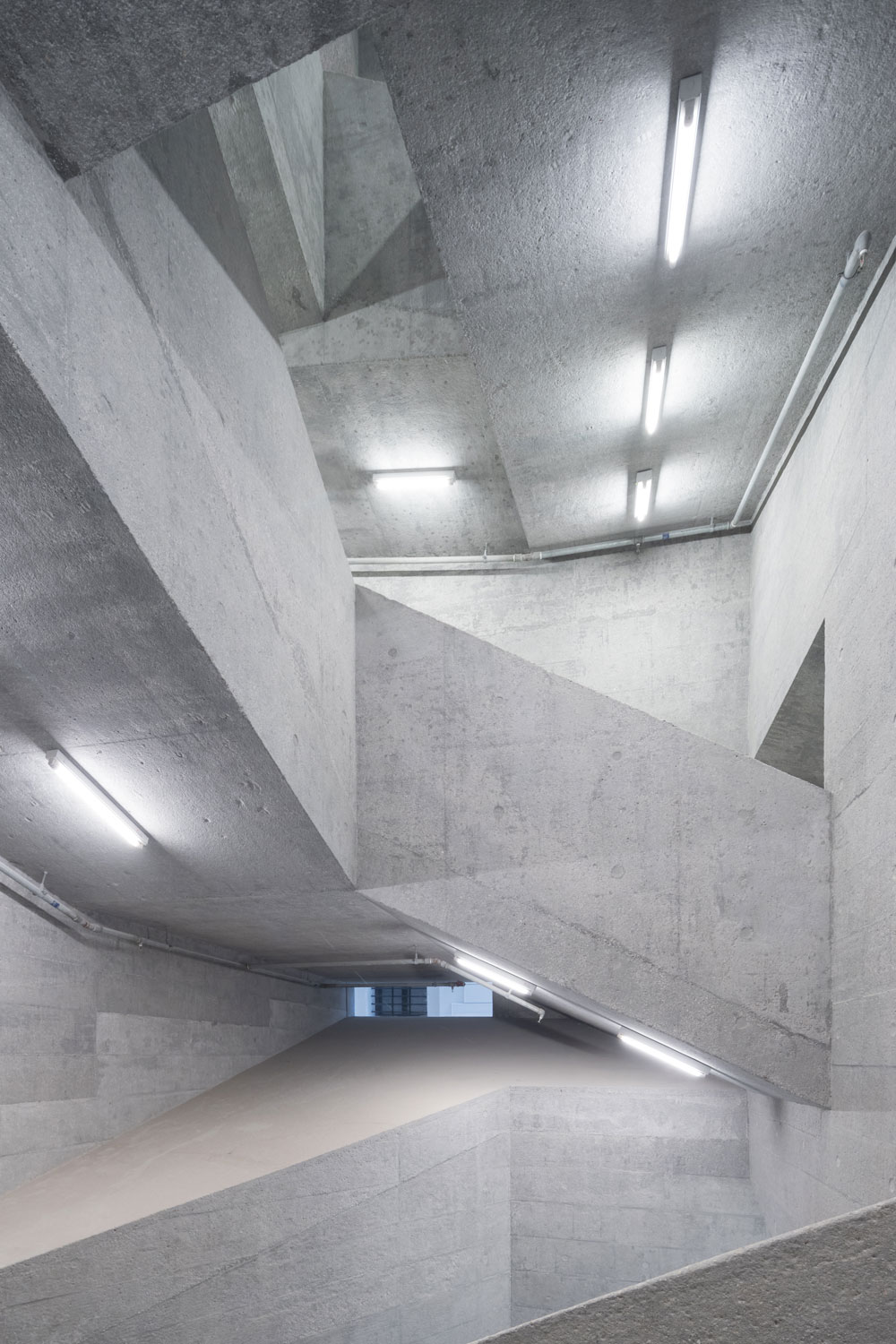
Project Key Data
Project Name: TaiKwun, Centre for Heritage & Art
Location: 10 Hollywood Road, Hong Kong, China
Project Phases:
Concept Design 04/2006 – 10/2009
Schematic Design 07/2010 – 10/2010
Design Development 10/2010 – 04/2011
Construction Documents 04/2011 – 12/2012
Construction Services 09/2011 – 01/2018
Milestones:
Press Release of Schematic Design 11/10/2010
Planning Approval S16/EIA 20/05/2011
Management Contr. Possession of Site 30/06/2011
AW Superstructure Complete 12/02/2015
OBW Superstructure Complete 14/07/2015
AW Alum. Block Install. Complete 14/12/2015
OBW Alum. BlockInstall. Complete 16/03/2016
Client: The Hong Kong Jockey Club, Hong Kong
Client Representative: John Latter (Head of Property Project Management), Timothy Calnin (Director of TaiKwun)
Herzog & de Meuron Project Team
Partners: Jacques Herzog, Pierre de Meuron,Ascan Mergenthaler (Partner in charge)
Project Team: Vladimir Pajkic (Associate, Project Director), Edman Choy (Associate, Project Director), Chi-Yan Chan (Project Manager), Raymond Jr.Gaëtan (Associate)
Abdulfatah Adan,Roman Aebi, Maximilian Beckenbauer, Aurélie Blanchard, Emi Jean Bryan, Alexander Bürgi, Soohyun Chang, Julien Combes, Massimo Corradi, Duarte De Azevedo Coutinho Lobo Antunes, Dorothee Dietz, Peter Dougherty, Piotr Fortuna, Luis Gisler, Carl Kristoffer Hägerström, Kelvin Ho, Justin Hui, Kentaro Ishida, Anna Jach, Sara Jardim Manteigas, Hauke Jungjohann, Anssi Kankkunen, RinaKo, Johannes RudolfKohnle, Dannes Kok, Pawel Krzeminski, Jin TackLim, Mark Loughnan, Jaroslav Mach, Donald Mak, James Albert Martin, José Ramón Mayoral Moratilla, Olivier Meystre, Lukas Nordström, Cristian Oprea,Leonardo Pérez-Alonso, Thomas Polster, Maki Portilla Kawamura, Tom Powell, Günter Schwob, Oana Stanescu, Kai Strehlke, Fumiko Takahama, Zachary Vourlas, Kenneth Wong, Sung Goo Yang, Daniela Zimmer
Planning
Design Consultant: Herzog & de Meuron, Basel, Switzerland
Executive Architect: Rocco Design Architects Ltd., Hong Kong, China
Conservation Architect: Purcell, London, UKStructural
Engineering: Arup, Hong Kong, China & Arup, London, UK
Civil Engineering: Arup, Hong Kong, China
Facade Engineering: Arup, Hong Kong, China
Lighting Consultant: Arup, Hong Kong, China & Arup, London, UK
Security Consultant: Arup, Hong Kong, China
Acoustics Engineering: Shen Milsom & Wilke Ltd., Hong Kong, China
AV consultant: Shen Milsom & Wilke Ltd., Hong Kong, China
BEAM+ Sustainability Consultant: Hyder Consulting Ltd., Hong Kong, China
Environmental & Archaeology Consultant: ERM, Hong Kong, China
Fire Engineering: Arup, Hong Kong, China
Geotechnical Engineering: Arup, Hong Kong, China
IT Consultant: Arup, Hong Kong, China
Landscape Consultant: AECOM, Hong Kong, China
MEP Engineering: J Roger Preston Ltd., Hong Kong, China
Planning Consultant: Townland Consultants Ltd., Hong Kong, China
Quantity Surveyor: Rider Levett Bucknall Ltd., Hong Kong, China
Signage Consultant: Marc & Chantal Design, Hong Kong, China
Traffic Planning: MVA, Hong Kong, China
Consulting
Building Physics: Transsolar Energietechnik GmbH, Stuttgart, Germany
Art Advisor: David Elliot, Berlin, Germany Metallurgist: C M Whittington & Associates Pty Ltd., Melbourne, Australia
Retail Operation Consultant: Knight Frank, Hong Kong, China
Scenography: dUCKSscéno, Vaulx-en-Velin, France
Theatre Advisor: Hong Kong Academy of Performing Arts, Philip Soden, Hong Kong, China
Tree Survey Consultant: Hong Kong University, Prof.CY Jim, Hong Kong, China
Contractors
Elevators: Otis Elevator Co (HK) Ltd., Hong Kong, China
Facade: Josef Gartner & Co (HK) Ltd., Hong Kong, China
Aluminium Brick Facade: Hycast Metals Pty Ltd., Sydney, Australia
Demolition Works: YSK2 Engineering Co.Ltd., Hong Kong, China
Electrical Installation: Chat Horn Engineering Ltd., Hong Kong, China
ELV, Security & PA System: Chubb Hong Kong Ltd., Hong Kong, China
Exposed Concrete Frame including Foundation & Basement Wall: United Soundfair Engineering Co. Ltd., Hong Kong, China
Feature Light Fittings: Marcostar Hong Kong Ltd., Hong Kong, China
Fitting-out (Restaurant): Sun Bright Construction Co., Ltd., Hong Kong, China
Fitting-outWorks/ Facing Brick & Plaster Repair: Yearfull Contracting Ltd., Hong Kong, China Hard Landscape & External Works: Marmitar Masonry HK Ltd., Hong Kong, China
Historic Buildings Facades Repair: StonewestLtd., London, UK
Historic Buildings Structural Underpinning, Strengthening & Alteration: Yau Lee ConstructionCo. Ltd., Hong Kong, China
Historic Roofs, Windows and Doors Repair and Replacement: Harvest Century Holdings (HK) Ltd., Hong Kong, China
Ironmongeries: The Jardine Engineering Co. Ltd., Hong Kong, China
IT: Jardine One Solution (HK) Ltd., Hong Kong, China
Management Contractor: Gammon Construction Ltd., Hong Kong, China
P&D/ MVAC/ FS Installation: Hsin Chong Aster Building ServicesLtd., Hong Kong, China
Piling & Underpinning Works: Win Win Way Construction Ltd., Hong Kong, China
Sanitary Fittings: Jebsen Building Products Ltd., Hong Kong, China
Soft Landscaping/ Tree Compensation Works: Oriental Landscapes Ltd., Hong Kong, China Strengthening Works to Existing Structure: Shui Wing Engineering Co. Ltd., Hong Kong, China
Structural Steelwork: Gammon Construction Ltd., Hong Kong, China
Underground Drainage Works & Utilities: Shui Wing Engineering Co. Ltd., Hong Kong, China
Building Data
Site Area: 156’077 sqft, 14’500 m²
Gross Floor Area (GFA): 290’626 sqft, 27’000 m²
Number of Levels: 24
Footprint: 113’021 sqft, 10’500 m²
Length: 459 ft, 140 m
Width: 361 ft, 110 m
Height: 164 ft, 50 m




![[Wild Home #110#] - The Artist’s Cabin Wiki World Wuhan China Blue Design](https://www.avontuura.com/wp-content/uploads/2023/09/COVER-10-570x452.jpg)